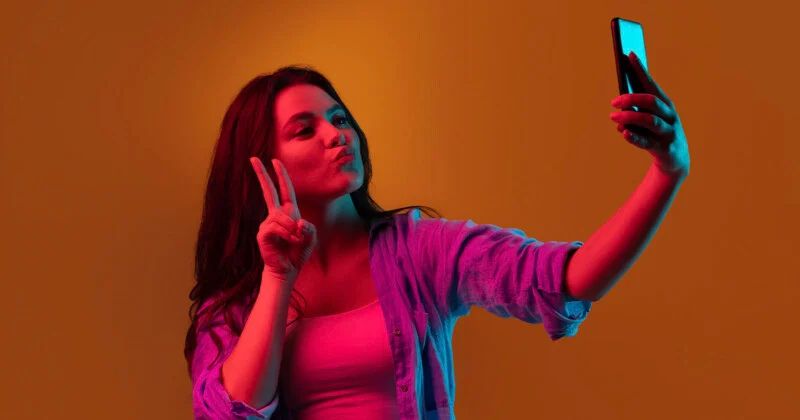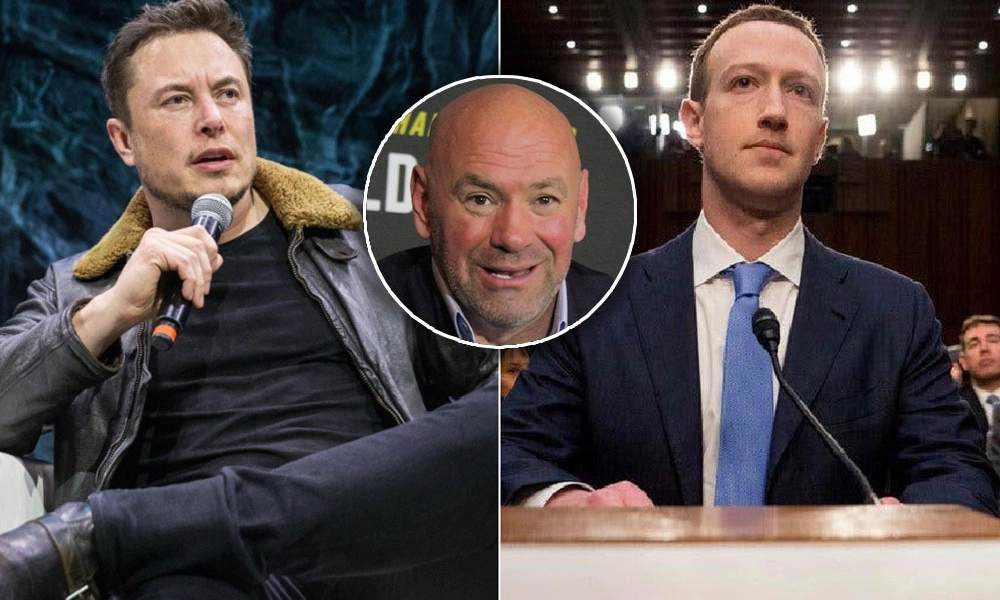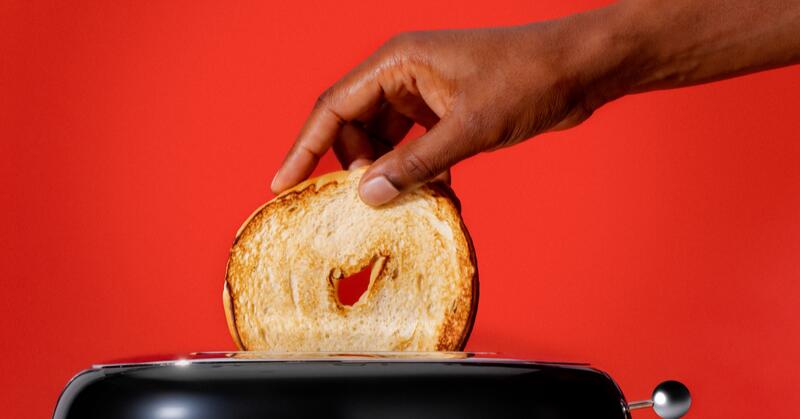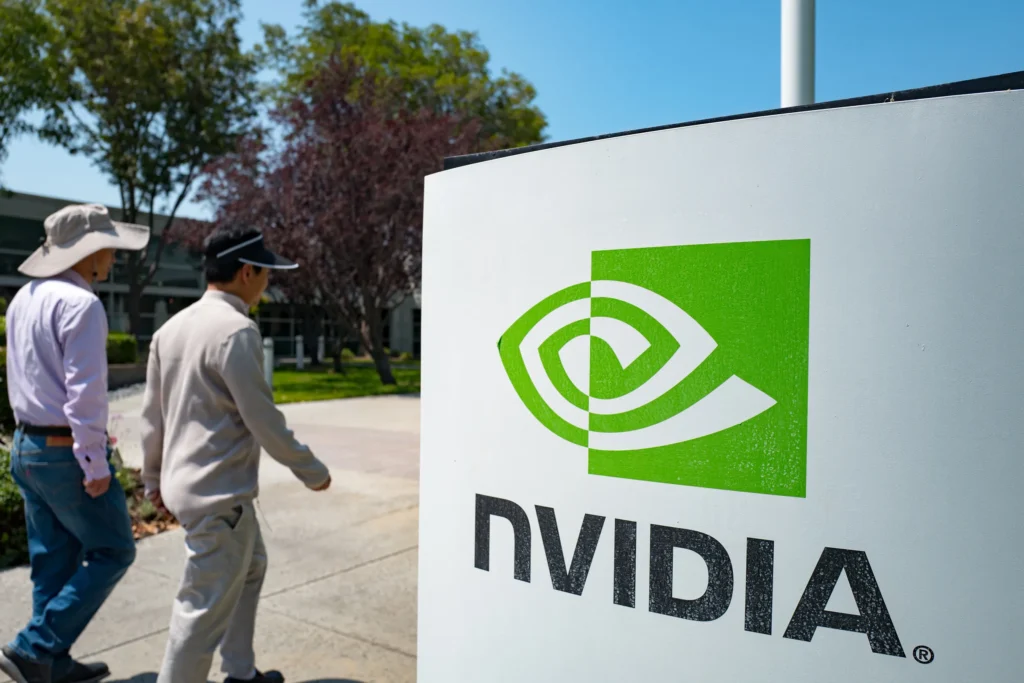Thanks to a new A.I. technology being developed by Google Research, taking your images for Instagram may soon be obsolete. Using the user’s photos as input may generate photo-realistic self-portraits.
To “generate endless selfies,” as Google Creative Lab vice president Robert Wong described it, the technology may soon render it unnecessary for people to constantly take images of themselves in real life. It can also have a significant effect on social media influencers, many of whom make a living by posting glamorous photos of themselves online.


During a lecture at the Cannes Lions International Festival of Creativity on Wednesday, James Manica, Google’s senior vice president of research, technology, and society, predicted that A.I. would have a profound effect on the creative industry. He likened it to the development of photography, claiming that A.I. would open up new possibilities for human creativity in the future.
A quote from Manika: “When photography first arrived, many people were concerned that it signaled the end of art because it threatened to disrupt important areas of work, such as landscape painting and portraiture.”However, it turned out that the contrary was true in many respects. Without the constraint of realism, artists were free to explore new territories, giving rise to such movements as impressionism, modernism, and others.
Read More: AI Made Zuckerberg $39 Billion
DreamBooth: Text to Visuals with Google AI
Google’s photo editing app DreamBooth can do the maths for you. In 2022, Google Research and Boston University will release a program called Dreambooth that uses text to generate visuals based on user input.
According to Wong, his team is using the technology to create an unending supply of personalized material by feeding it photographs of themselves. As social media influence grows in popularity, tools like Dreambooth may help authors crank out more material for their followers to consume.
Lensa AI, another picture creation startup, uses stable diffusion (a text-to-image model) to create selfies of customers costumed as Spartans or aliens. Traveler. Google is the most notable company to start fiddling with its selfie-creation tool. Lensa, like most AI selfie apps, produces cartoonish avatars. Dreambooth’s images now resemble paintings.
Wong also mentioned that his team uses StyleDrop, a Google AI tool that creates brand-new logos and icons in a corporate style. AI-Reply, a technology developed by Google Creative Labs to respond to YouTube comments, is now in its testing phase.
With the AI-reply strategy, according to Wong, “a human community manager evaluates, selects, and edits the best options—all generated in a voice suited to the campaign.”
Read More: Jeff Bezos & Jack Ma Financed Bill Gates’ $1 B AI. Unicorn
Social media influencers’ workflows can be revolutionized by tools like AI-Reply and Dreambooth’s selfie-generating feature, which automate the content creators’ interactions with their audiences. Google is developing an A.I. suite for professional and personal branding, and StyleDrop is a key component of this.
“The status quo rarely captures our imaginations,” Manika whispered. Instead, what motivates us is when we see someone exploring uncharted territory, be it in terms of medium, method, topic matter, or anything else. Sometimes we can thank technology for helping us tap into our latent creative potential.
FAQs
DreamBooth is still under development, so there are some limitations to the technology. For example, DreamBooth can sometimes generate images that are not as realistic as real photos.
DreamBooth works by using a deep learning model to analyze real images of a person. The model then learns to identify the key features of the person’s face, such as the shape of their eyes, nose, and mouth. Once the model has learned these features, it can be used to generate new images of the person, with different facial expressions, hairstyles, and backgrounds.




